Anil Menon, an astronaut of Indian origin, is preparing for his first space mission to the International Space Station (ISS) in June 2026, according to a statement released by NASA.

Menon will serve as a flight engineer and a member of Expedition 75.
He will launch aboard the Roscosmos Soyuz MS-29 spacecraft from the Baikonur Cosmodrome in Kazakhstan, accompanied by Roscosmos cosmonauts Pyotr Dubrov and Anna Kikina. The team will spend approximately eight months aboard the orbiting laboratory.
During his time on the ISS, Menon will conduct scientific research and test innovative technologies aimed at improving human space exploration and contributing to the betterment of humankind.
Born to immigrants from Ukraine and India, Menon spent his childhood in Minneapolis, Minnesota. He is a certified flight instructor with over 1,000 hours of flight time and a passion for teaching general aviation.
Menon graduated from Saint Paul Academy and Summit School in 1995. He holds a bachelor’s degree in neurobiology from Harvard University (1999), a master’s degree in mechanical engineering from Stanford University (2004), and a medical degree from Stanford Medical School (2006). He completed his residency in emergency medicine at Stanford in 2009, along with a fellowship in wilderness medicine in 2010.
He further specialized with a residency in aerospace medicine at the University of Texas Medical Branch (UTMB) in Galveston in 2012, where he also earned a master’s degree in public health that same year. He is currently board-certified in both aerospace medicine and emergency medicine.
Menon joined NASA in 2014 as a flight surgeon. He provided medical support for astronauts on long-duration missions aboard the International Space Station, serving as deputy crew surgeon for Soyuz 39 and Soyuz 43 missions, and as the primary crew surgeon for Soyuz 52. He also contributed to the health maintenance system and the development of the direct return aircraft within the human health and performance directorate. As part of his role, he lived and worked in Star City, Russia, for over six months, according to NASA.
Newer articles
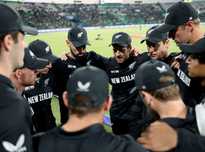 Black Caps Set for Blockbuster Home Summer Against Cricket Giants
Black Caps Set for Blockbuster Home Summer Against Cricket Giants
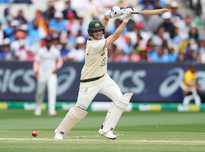 Smith Aims for Second Test Return After Unique Baseball Cage Recovery
Smith Aims for Second Test Return After Unique Baseball Cage Recovery
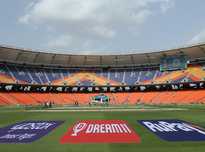 Gujarat Cricket Association Gears Up to Launch T20 League in 2025-26 Season
Gujarat Cricket Association Gears Up to Launch T20 League in 2025-26 Season
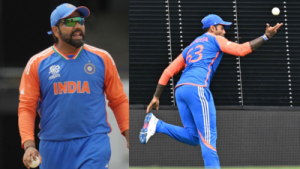 Sharma Reveals Heart-Stopping Moment of Yadav's Game-Changing Catch in T20 World Cup
Sharma Reveals Heart-Stopping Moment of Yadav's Game-Changing Catch in T20 World Cup
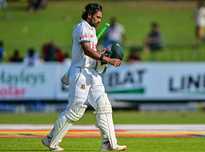 Najmul Hossain Shanto Resigns as Bangladesh Test Captain After Sri Lanka Defeat
Najmul Hossain Shanto Resigns as Bangladesh Test Captain After Sri Lanka Defeat
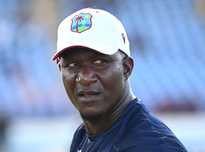 Daren Sammy Fined, Receives Demerit Point for Umpire Criticism After Test Match Controversy
Daren Sammy Fined, Receives Demerit Point for Umpire Criticism After Test Match Controversy
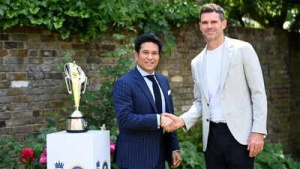 Ex-India Star Engineer Slams ECB's Pataudi Trophy Renaming, Questions Anderson-Tendulkar Choice
Ex-India Star Engineer Slams ECB's Pataudi Trophy Renaming, Questions Anderson-Tendulkar Choice
 Man City Title Stripping: Unprecedented Chaos Looms for Premier League Amid Financial Allegations
Man City Title Stripping: Unprecedented Chaos Looms for Premier League Amid Financial Allegations
 Chess Grandmaster Anish Giri Defends Hans Niemann, Cites Lack of Evidence in Cheating Scandal
Chess Grandmaster Anish Giri Defends Hans Niemann, Cites Lack of Evidence in Cheating Scandal
 Jin's Solo Concert in Korea: A Reunion with ARMY, Surprise Guests, and Electrifying Performances
Jin's Solo Concert in Korea: A Reunion with ARMY, Surprise Guests, and Electrifying Performances